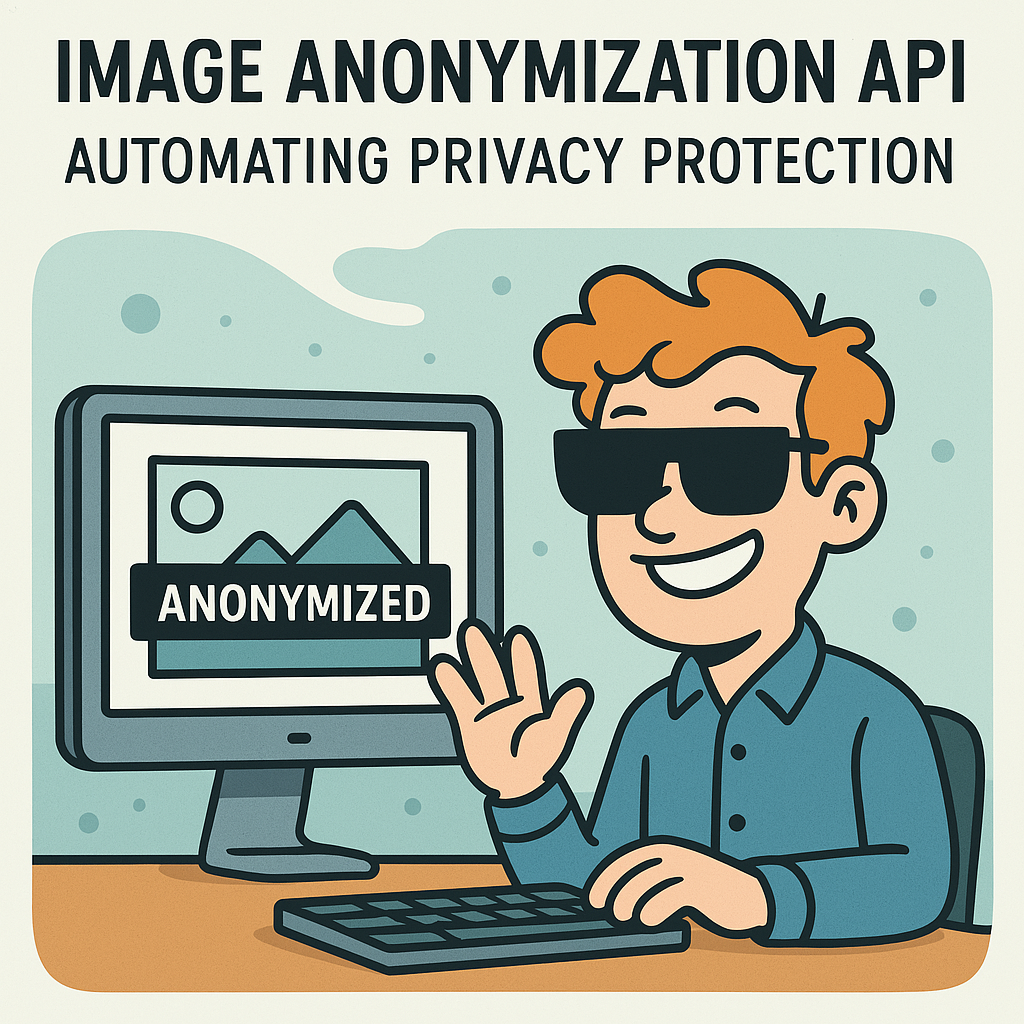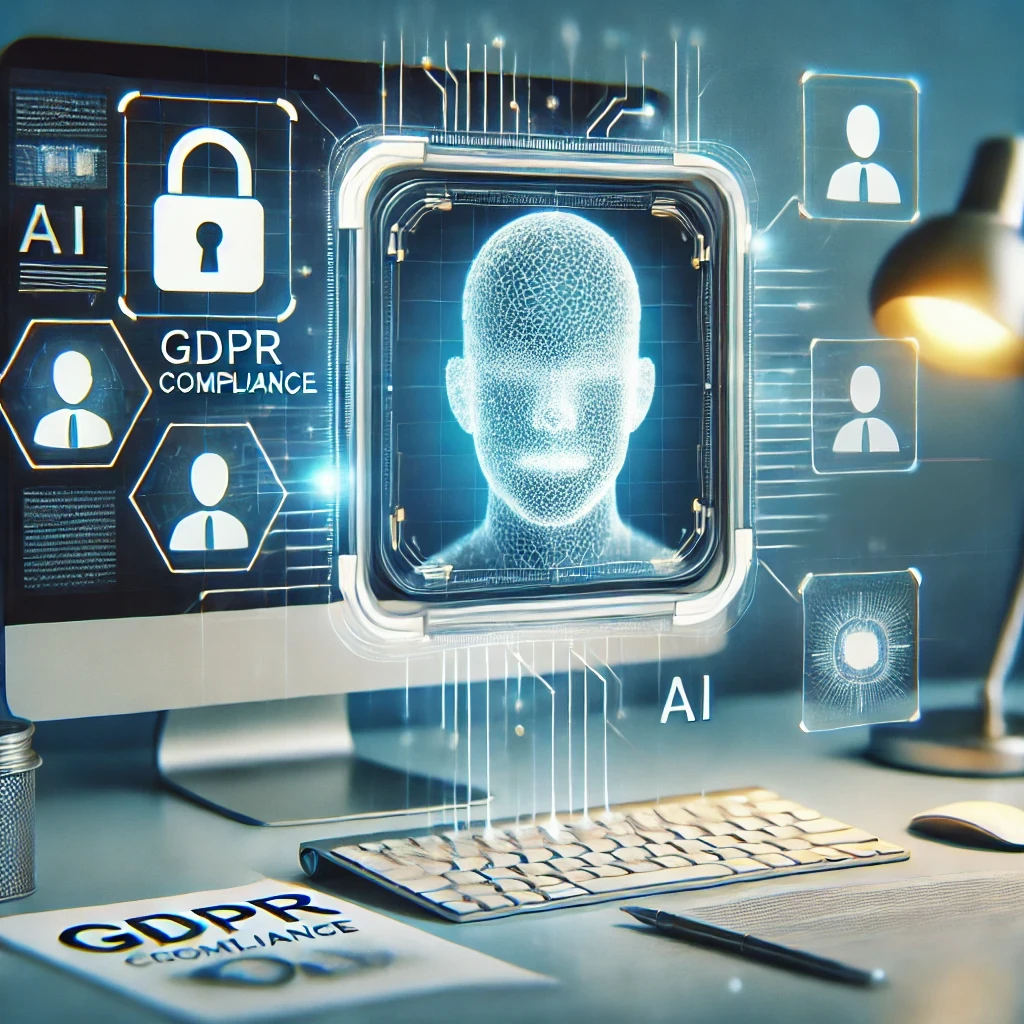
Image Anonymization API: Automating Privacy Protection
In an age where cameras are everywhere and visual data is collected at an unprecedented scale, protecting personal privacy has never been more important. From smart cities and retail environments to healthcare and academic research, images and videos often contain sensitive information such as faces, license plates and brand identifiers. Without proper handling, this data can expose individuals to risks and put organizations at odds with strict privacy regulations like GDPR and CCPA.
Image anonymization offers a reliable and scalable way to address this challenge. By using AI-powered tools to automatically detect and obscure sensitive elements, organizations can safely use visual content for analysis, sharing or public reporting — without compromising individual privacy. In this blog post, we take a deep dive into how automated image anonymization works, explore real-world use cases and share best practices for implementation. We’ll also look ahead at emerging trends like adaptive anonymization and highlight how cloud APIs can be combined with other image processing tools to build comprehensive, privacy-first solutions.

Automating Privacy Protection in Surveillance Systems
As surveillance systems become more widespread, businesses and organizations face growing pressure to balance security with privacy compliance. AI-powered image anonymization is emerging as a key solution, allowing security systems to automatically detect and obscure faces, license plates and other personal identifiers without compromising the effectiveness of monitoring.
This blog post explores how automated privacy protection is transforming modern surveillance, helping companies comply with regulations like GDPR and CCPA, build public trust and streamline operations. We discuss the latest advancements in AI-driven anonymization, real-world applications across industries and the benefits of integrating privacy-first surveillance solutions.
With evolving technology and stricter privacy laws, businesses must adapt. Whether through ready-to-use APIs or custom AI development, adopting automated privacy protection is no longer just a legal requirement — it’s a smart, future-proof strategy.

Why Image Anonymization is Vital for GDPR Compliance
In today’s digital world, businesses collect and process vast amounts of image-based data — whether through security cameras, user-generated content or AI-powered analytics. However, GDPR and other privacy regulations classify identifiable visual data as personal information, meaning companies must take extra steps to ensure compliance.
Image anonymization is one of the most effective ways to safeguard privacy while still utilizing valuable image data. By removing or obscuring personal identifiers such as faces, license plates and background details, businesses can continue leveraging visual data without violating data protection laws.
Traditional manual anonymization methods are slow, error-prone and difficult to scale, making them impractical for modern businesses. AI-powered anonymization solutions offer a fast, accurate and automated approach, ensuring compliance while maintaining data usability. From surveillance and healthcare to e-commerce and social media, AI-driven image anonymization is becoming a necessity for industries that rely on visual data processing.
As privacy regulations evolve, businesses that integrate AI-driven anonymization solutions today will be better equipped to handle future compliance challenges while protecting user trust and minimizing legal risks.

Cloud API Security: Trends and Best Practices for 2025
As businesses increasingly rely on cloud APIs to power automation, AI-driven services and digital workflows, API security has become a critical concern. With evolving threats like data breaches, DDoS attacks and unauthorized access, securing APIs is no longer optional — it's essential. This blog post explores the latest API security trends for 2025, including the rise of Zero Trust APIs, AI-powered threat detection and advanced encryption methods. It also outlines best practices for protecting sensitive data, preventing abuse and ensuring compliance across industries like healthcare, e-commerce and finance. Prepare your business with a multi-layered API security strategy to stay ahead of evolving threats and protect your APIs from vulnerabilities.

GDPR Compliance Made Easy with AI-Powered Image Anonymization
Navigating GDPR compliance can be challenging, especially when it comes to handling visual data like images and videos. Manual anonymization is time-consuming, error-prone and impractical for large datasets. AI-powered image anonymization offers a game-changing solution, automating the process with unmatched speed, accuracy, and scalability. In this post, we explore the importance of GDPR compliance, the role of AI in safeguarding sensitive data and how tailored solutions can meet unique business needs. Discover how leveraging advanced tools can streamline workflows, ensure regulatory compliance and future-proof your operations in an increasingly privacy-conscious world.
